High-Energy Laser (HEL) technology plays an increasingly important role in the modern military field, especially in defense and precision attack.
High-energy laser weapons could mark a strategic turning point, creating a paradigm shift in the military strategies of many countries around the world .
High Power Laser (HPL) systems deployed on land and in the air not only enhance defense capabilities but also reshape the battlefield. Possessing this technology can help countries gain an overwhelming advantage over top opponents in the modern military field.
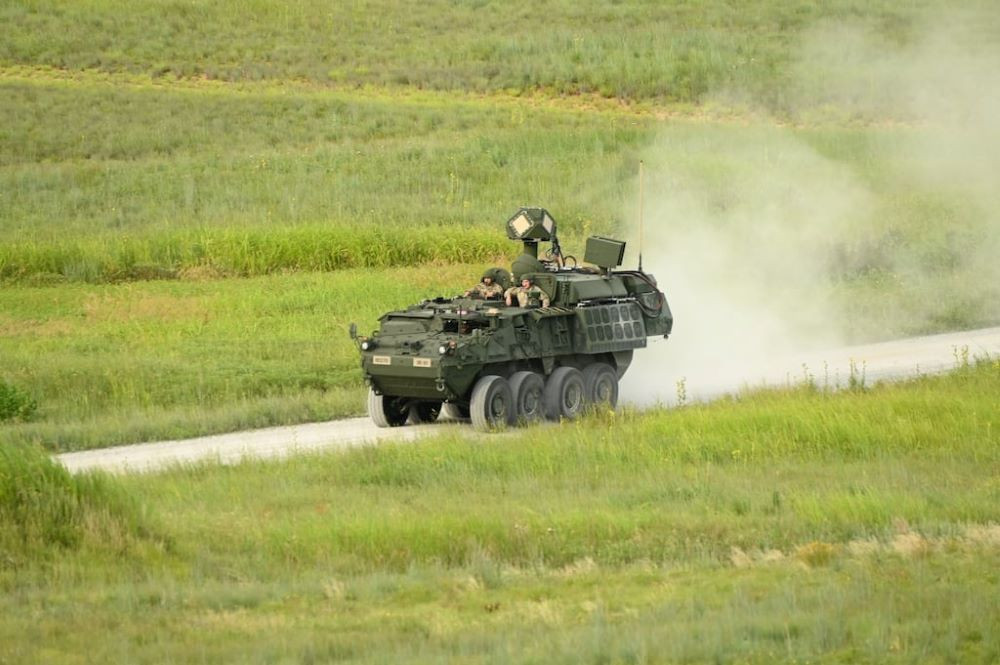
HPL, or High Energy Laser Weapon System, is capable of effectively destroying incoming drones and missiles from long distances beyond national borders, at a fraction of the cost of traditional air defense systems. In the face of increasingly advanced and widespread weapons used by hostile states and terrorist organizations, governments and militaries around the world are accelerating the development and deployment of HPL technology.

Today’s battlefields are flooded with low-cost weapons. While they may not be accurate, their low cost means they can still cause significant damage. In particular, the proliferation of UAVs and guided munitions poses a serious threat, requiring advanced defense systems like HPL to neutralize them before they cause damage.

Over the past decade, many countries have recognized the importance of this technology and focused on developing laser defense systems as a cost-effective alternative to traditional interceptors, which are extremely expensive to operate and deploy.
The main advantages of the HPL system are its high accuracy, rapid response and cost-effectiveness. Unlike traditional kinetic weapons, the laser interceptor system can detect, attack and destroy a threat in seconds, delivering a precise strike as soon as the target is identified. This enhances the protection of military and civilian targets while minimizing collateral damage compared to kinetic defense systems.
On the ground, HPL systems can be deployed to protect critical infrastructure or mounted on vehicles to protect troops on the move. In the air, the technology can be integrated into aircraft to intercept threats at multiple altitudes, providing a flexible and adaptable defense solution in a variety of operational environments.
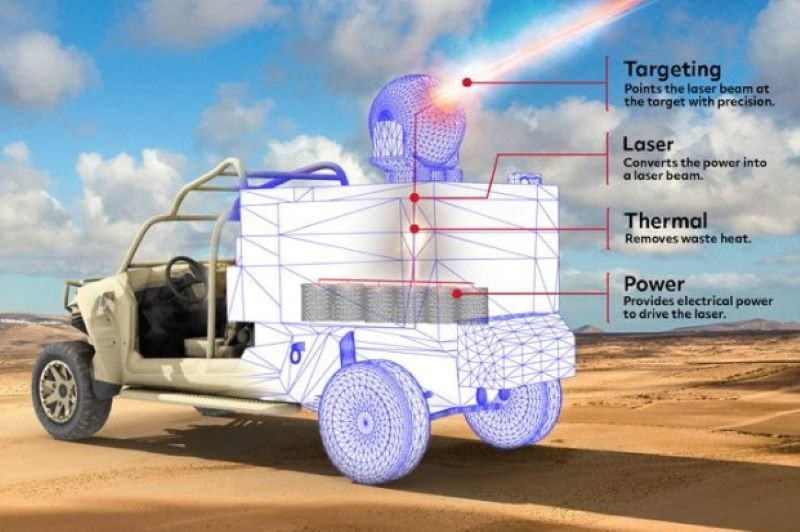
The main challenges of HPL today revolve around balancing size, weight, power and cooling, while ensuring adaptability to changing battlefield scenarios. However, when these issues are effectively addressed, HPL systems could become a key element across multiple platforms, enhancing air, land and sea defense capabilities.
The deployment of HPL in air interception methods offers many outstanding advantages. The system has a significantly lower operating cost than traditional interception solutions, and is capable of neutralizing threats from a distance at various altitudes. In particular, its performance is less affected by weather conditions, helping to maintain a stable defense capability in many operational environments. In addition, HPL can operate beyond national borders, allowing for rapid and flexible deployment against unexpected threats.
As the battlefield landscape continues to evolve, military experts say high-energy laser weapons, along with advances in directed energy weapons (DEW) technology, will play an important role in protecting civilians and strengthening the strategic position of nations that possess this advanced military technology.
(According to ElbitS)
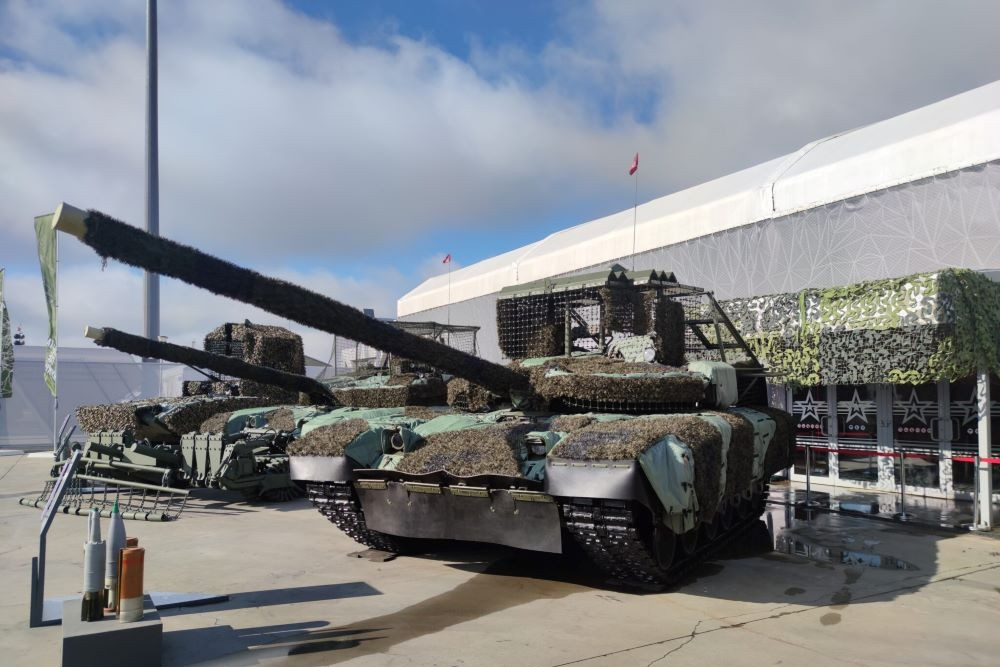
Defense technology on modern infantry fighting vehicles
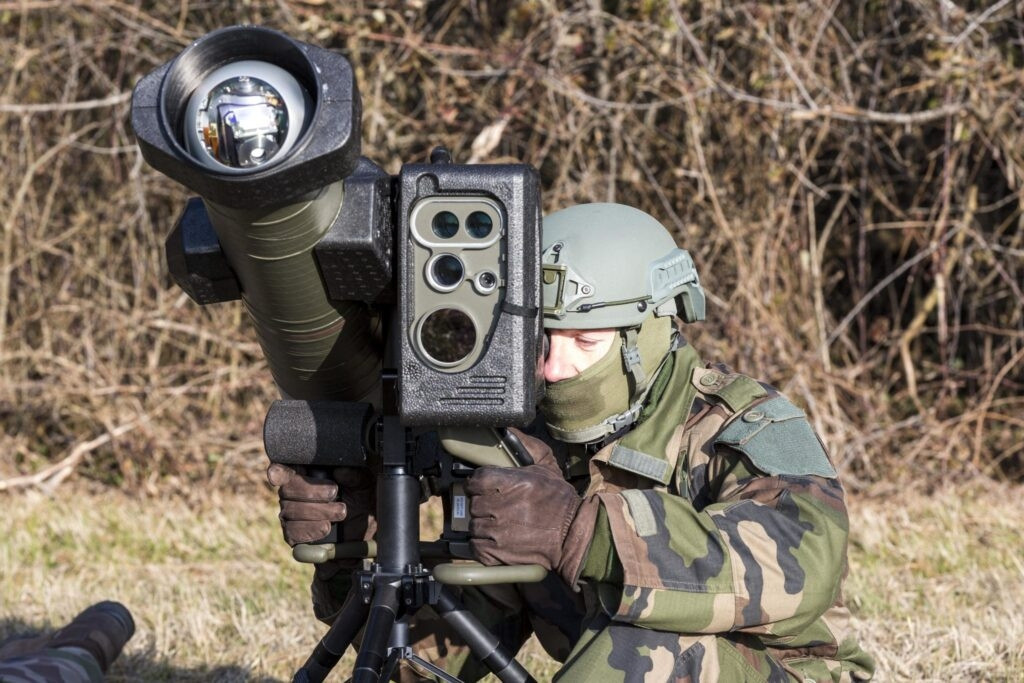
Anti-tank guided missile technology in modern warfare
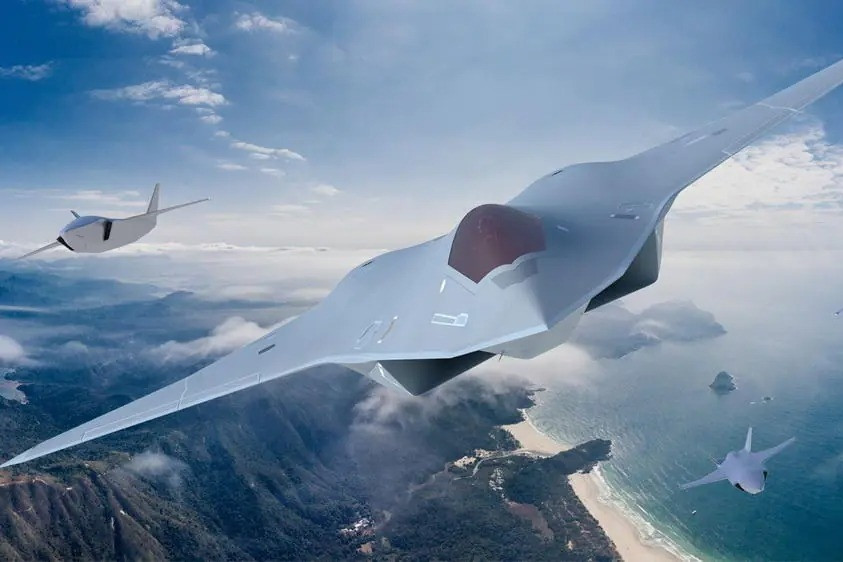
6th Generation Fighter: Breaking the Limits of Technology
Source: https://vietnamnet.vn/cong-nghe-laser-nang-luong-cao-quan-trong-the-nao-trong-linh-vuc-quan-su-2383647.html















































































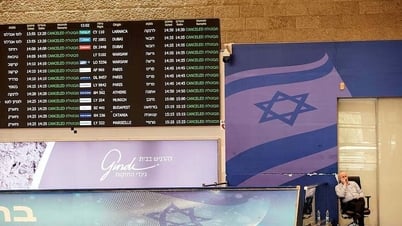
















Comment (0)